“Silence nurtures our nature and lets us know who we are.
Left with a more receptive mind and a more attuned ear,
we become better listeners not only to nature but to each other.
Silence is not the absence of something but the presence of everything.”
— Gordon Hempton
These are the reflections of Gordon Hempton — one of the foremost pioneers in the craft of field recording.
Under his moniker — the Sound Tracker® — Gordon has circled the globe three times over the past four decades in search of soundscapes and solitude amongst our planet’s most remote locations. From the rainforests of Western Belize to the Highlands of Sri Lanka and to finding and declaring the quietest place in the United States, deep within the sanctuary of the Hoh Rainforest of Olympic National Park in Washington.
Check out this immersive introduction to Gordon’s universe, directed by Emergence Magazine’s Emmanuel Vaughan-Lee.
When we think of the sound of silence — no, not the sixties folk harmonies of Simon & Garfunkel! — what is it that comes to your mind?
a specific place…?
a specific feeling…?
perhaps a void or a sense of nothingness…?
There is in truth no correct answer. Whilst a physicist may tell you that true silence simply cannot exist in a world with atmospheres, ecosystems and oceans — silence itself is subjective. This is a point that Gordon Hempton demonstrates so pertinently in the introduction to his book : Earth is a Solar Powered Jukebox :
“I cannot hear what someone else hears. We all hear differently. We have differently shaped ears and stand in different places… If you are listening to everything as equally important, one will sound no better (just different) than another, you will feel your heart as if radiating a soft warm glow.”
A soft warm glow…
This is a sensation that I can really identify with when out recording sounds in the field. A deeper connection, a calling, an understanding…a love…? Be it the middle of a pine forest, on the shores of great oceans or even standing idly in the middle of Paris Gare de Nord station admiring the mass hive of commuters swarming around me — when I really tune in to my surroundings and truly listen, I experience something very powerful.
Beneath all the noise there lies a calm space. One that puts us in contact with a deeper state. A sense of our belonging in amongst all the chaos.
“Is the soundscape of the world an indeterminate composition over which we have no control, or are we its composers and performers, responsible for giving it form and beauty?”
— R. Murray Schafer : The Soundscape - Our Sonic Environment and the Tuning of the World
I’m currently ploughing my way through Gordon’s book — Earth is a Solar Powered Jukebox — a very complete guide to listening, recording, and sound designing with nature, taken from Gordon’s own experiences and encounters.
Taking reference from his incredible Quiet Planet® sound FX library collections, carefully curated from his own database of more than 7500 separate recordings, these collections are perhaps the most comprehensive collection of beautiful nature sounds you can find on the planet. A kind of Planet Earth for the ears, raw, ancient and stunningly real — a great inspiration and investment for both ecologists and soundies alike!
His Environmental Sound Portrait series are a wonderful way to immerse yourself in some of these environments. Perfect for longer listening sessions, these sounds accompany me very frequently in my studio, at home and on the road.
Listen below to one of my favourites - Forest Rain - recorded in Olympic National Park, Washington USA.
“Finding pure wilderness locations is difficult. Atmospheres are constantly invaded by air traffic and distant delivery trucks. The sound of rural industry travels for miles and overlaps even remote conservation areas. Sonic purity seems incredibly elusive. And, when field recordists do find a few moments of peace, wind, rain, and snow make field recording a challenge.”
It should be said that in the search for silence, we must also consider the means and methods used in order to capture it…
Take microphone self-noise for example - the field recordist’s pet peeve! An extraneous variable that involves a tussle with tech, digging through forums and ultimately involves accumulating a list of multiple expenditures, that many aspiring sound recordists encounter on the path towards producing the pristine.
As Gordon writes :
“To become an even better listener, I began a search for the perfect microphone.”
Whilst Gordon’s Neumann KU-81i microphone, affectionately referred to as Fritz, is towards the top end of high-fidelity microphones — “It is the closest system to human hearing that I have found and I have tested nearly all.”— he says, and though this certainly helps give his recordings their exceptional and unique sonic balance, it also comes with a fairly hefty price tag - 20,000 pounds worth of today’s money might just buy you all the necessary parts needed to get you prepped for the field!
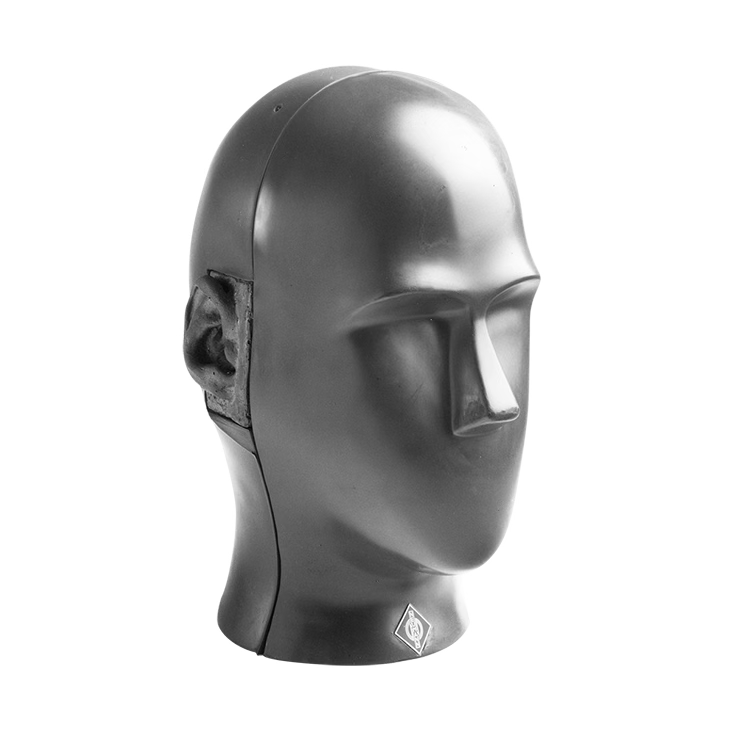
But the reality is, there are lots of great options that exist in the field recording world today. In what has undoubtedly become a much more widely practiced activity over the past decade or so, amateurs and professionals have often teamed up to offer exceptional and affordable options for those seeking to go out and record sounds outside of a studio environment.
For around 10% of this price, I’ve been able to create a mobile rig consisting of the following parts that I use personally for recording my natural soundscapes :
This fairly modest rig was used for recording my first nature sounds collection Pure Nature — created in collaboration with the online SFX library Artlist.
🎧 WATRFlow_Trickling Stream, Quiet Water, Delicate Flow, Flowing Water_MEH_PureNature
All of the sounds from this collection were made in Provence, France. Exploring the coves and coasts of the Cote d’Azur, wandering deep into the forests of the Luberon and trekking the quiet trails of the Sainte-Victoire National Park. Yet despite experiencing these beautiful, pristine natural locations, the issue of anthropogenic noise remains.
In listening across these various soundscapes, I was saddened to find that not one of them was totally free from noise pollution.
This discovery brought me towards Quiet Parks International. Formed in 2018 and co-founded by Gordon himself, Quiet Parks International (QPI) is a first-of-its-kind, non-profit and volunteer-run organisation that aims to certify and preserve the Earth's last natural soundscapes from humanity's racket through promoting"quiet tourism". By inspiring travellers to awaken to the planet's sonic – and not just scenic – wonders, QPI and it’s sprawling roster of sound recordists and acoustic ecologists are on a mission to identify the planet’s most remarkable, acoustically unblemished soundscapes.
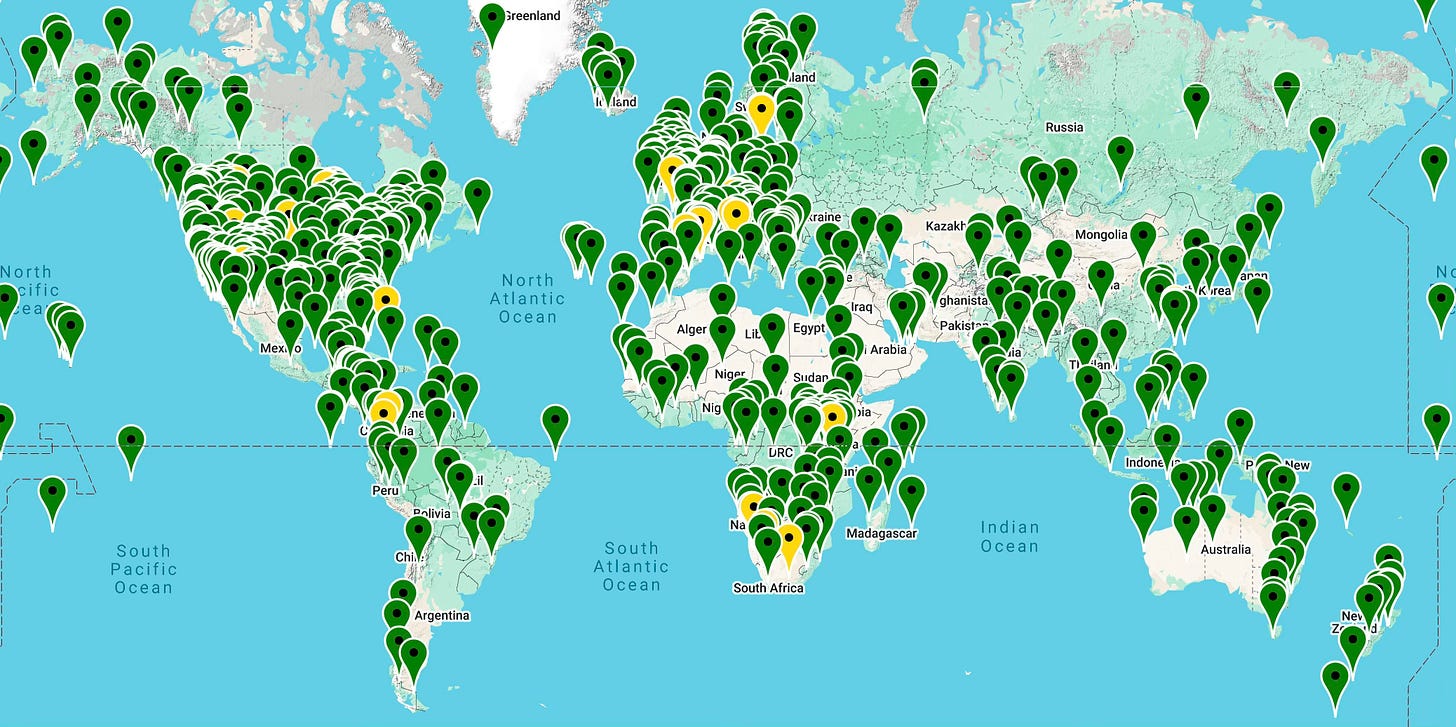
At the core of their mission is the belief that living in noise polluted places adds stress to our lives, exacerbating health conditions like cardiovascular disease, hypertension, sleep disorders, cognitive and hearing impairment. When we experience quiet, it not only helps improve our health, it increases our ability to pay attention, improves our mood, and can reduce pain.
Their mantra : Quiet is essential to a well-balanced life.
“According to a study by the World Health Organization, the effects of long-term environmental noise pollution exposure – which include heart attacks, higher blood pressure, strokes, diabetes, dementia and depression, among other things – could be responsible for the loss of more than 1 million years of full health among Western Europeans. Likewise, the European Environment Agency has found that environmental noise pollution contributes to 48,000 cases of heart disease and 12,000 premature deaths across the continent each year.”
— The World’s Most Endangered Sound - Eliot Stein for the BBC
Seeking quiet though can often be a strenuous and frustrating task — as anyone who has ever tried meditation will observe — patience and perseverance are key requisites for transitioning towards the realm of peace and quiet.
After getting in touch with QPI, I was asked to contribute some recommendations of my own for quiet spaces close to my home in Aix-en-Provence. I began by conducting a series of sound level surveys at the Réserve Naturelle Sainte-Victoire, on the outskirts of Aix-en-Provence — a sprawling 140 hectares of historically rich terrain, perhaps most well known for its prehistoric fossils and remnants of the Cretaceous period and signified by its iconic peak, the Sainte-Victoire mountain.
As the video (and accompanying sound file) below demonstrate — even here in the heart of a protected national park, beneath the roaring pines and tweeting tones of forest birds, we experience sound levels peaking at 67dB. For reference, a standard household vacuum cleaner operates at approx. 70db!!
And though for the most part, this is mostly made up of natural noise, if you listen closely you can discern the distant throng of industrial machines chugging in the valley, the jarring drone of an overhead airplane motor and the slow groan of passing cars from the surrounding country roads.
The reality is a reflection of the times we live in.
Yet whilst ruminating over a rather tasty French baguette sandwich, overlooking the valleys of the Bouches-du-Rhône, sitting upon this ancient rock and enjoying the ambience of the spot you see above in this short clip… I couldn’t help but feel inspired and lucky to be here now…
I endeavour to continue my search for silence. In just a few weeks time I’ll be heading North to the heart of Bourgogne to visit the Dhamma Mahi meditation centre for my first Vipassana retreat — a dedicated 10-days spent in complete silence. Excited by the prospect of what I may find out, I’m also wary of the challenge this presents. As someone who spends a great percentage of my time engaged in a practice of listening it will be perhaps strange to switch the focus away from this, turning off the antenna and cutting off all communication…
Returning to where this question arises,
the silence we would discover,
we would recognise as the stillness of true reality,
from which all things arise.Vinoth Chandar via
by
As we draw towards the end of the year to embrace ourselves and our families, I’m going to conclude my year with one last very exciting post next week (psst… it’s a new collaboration) and will also be sharing details of how Sonic Tapestries will be evolving as we welcome in 2025!
If you haven’t subscribed already, Sonic Tapestries is currently free for all subscribers.
Your kind support helps me to grow my audience and continue on my creative path.
If you do like reading along and want to help support my work further, please consider sharing this post with your friends, family and followers.
Thank you for being here with me.
Mat
🌻


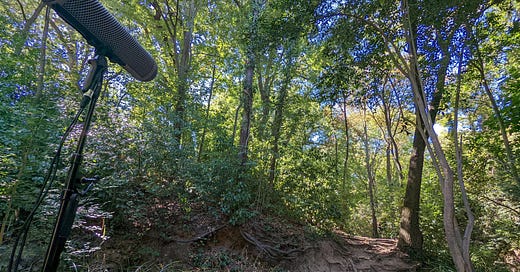


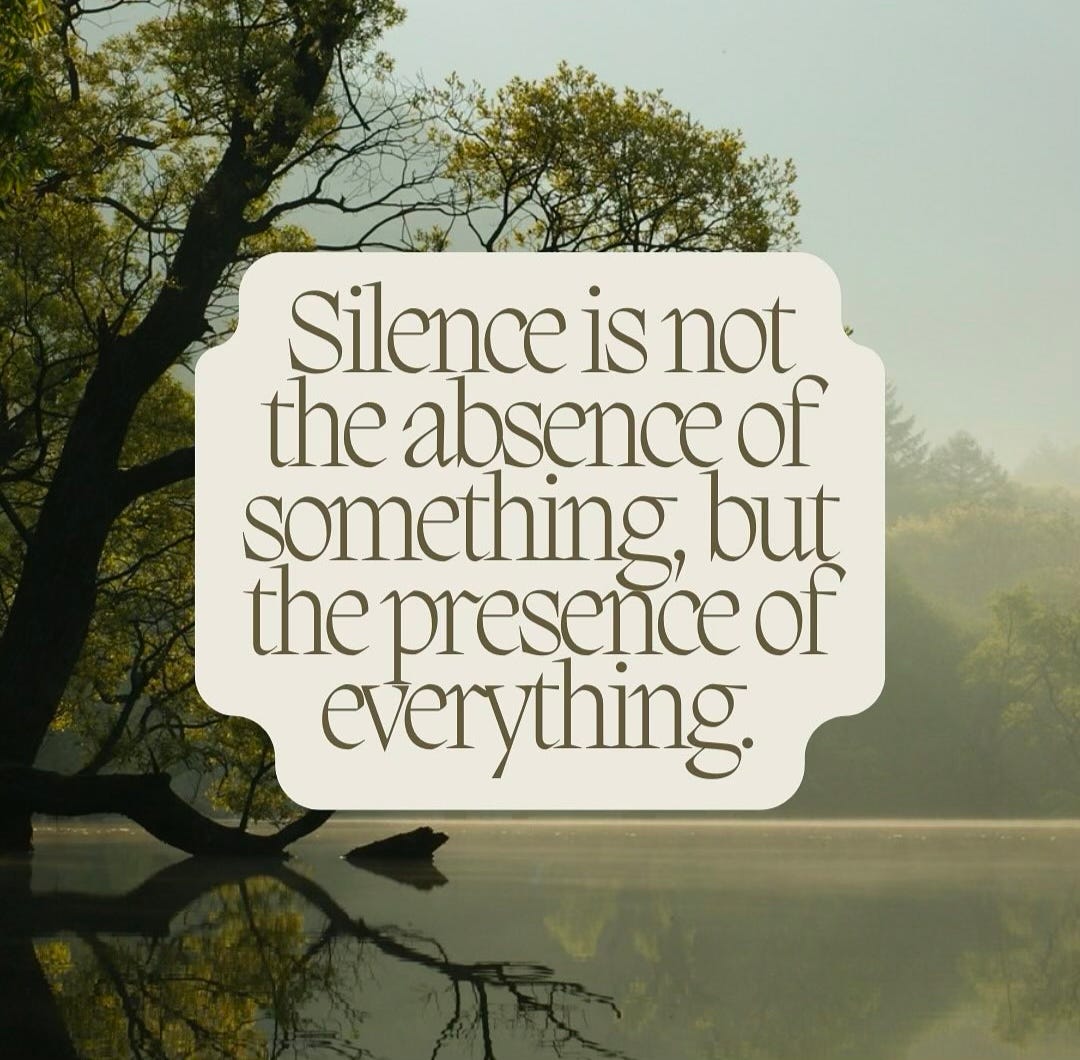
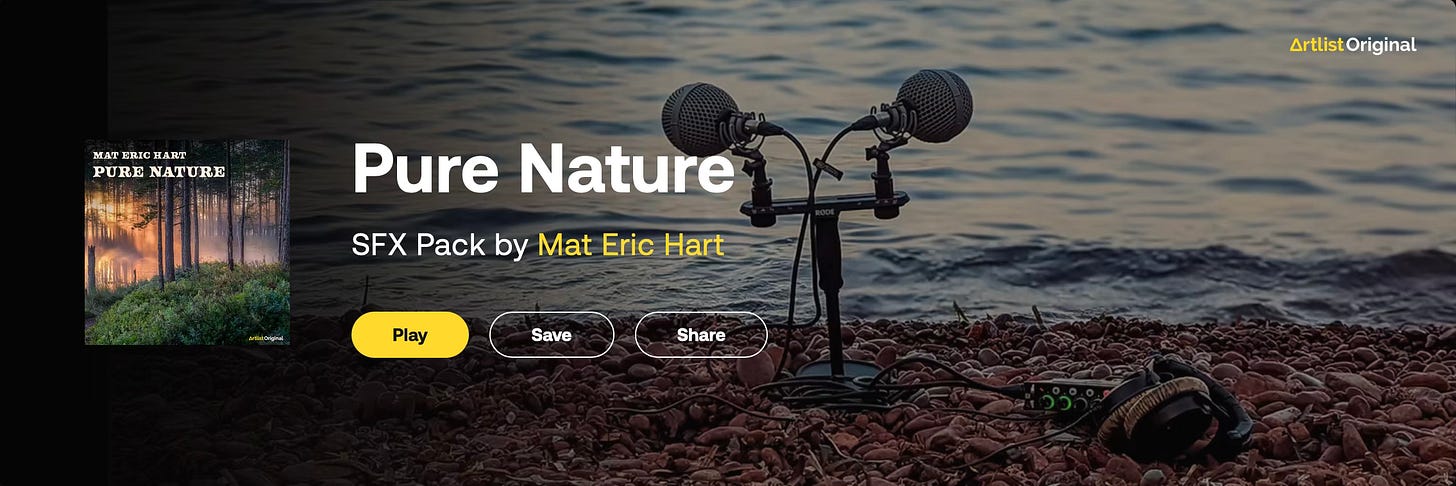

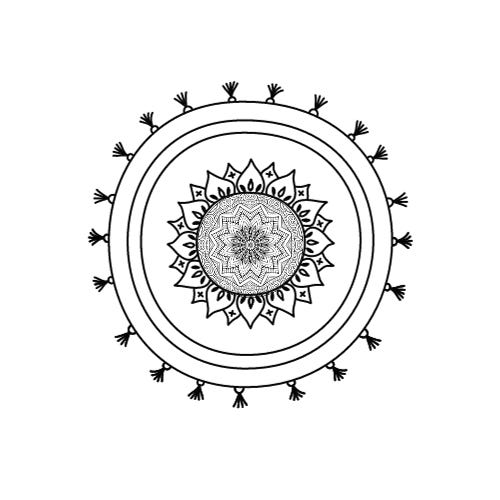
Very interesting ! And thanks for making me discover Quiet Parks International 🙏🏼
"Forest Rain" is one of my favorites too. His more recent book One Square Inch of Silence is worth reading too, but even to the sympathetic ear, he does harp on about noise levels. Noise is interesting; if we idealize quiet and get angry when we can't escape noise, that can arguably lead to bad health outcomes as well.